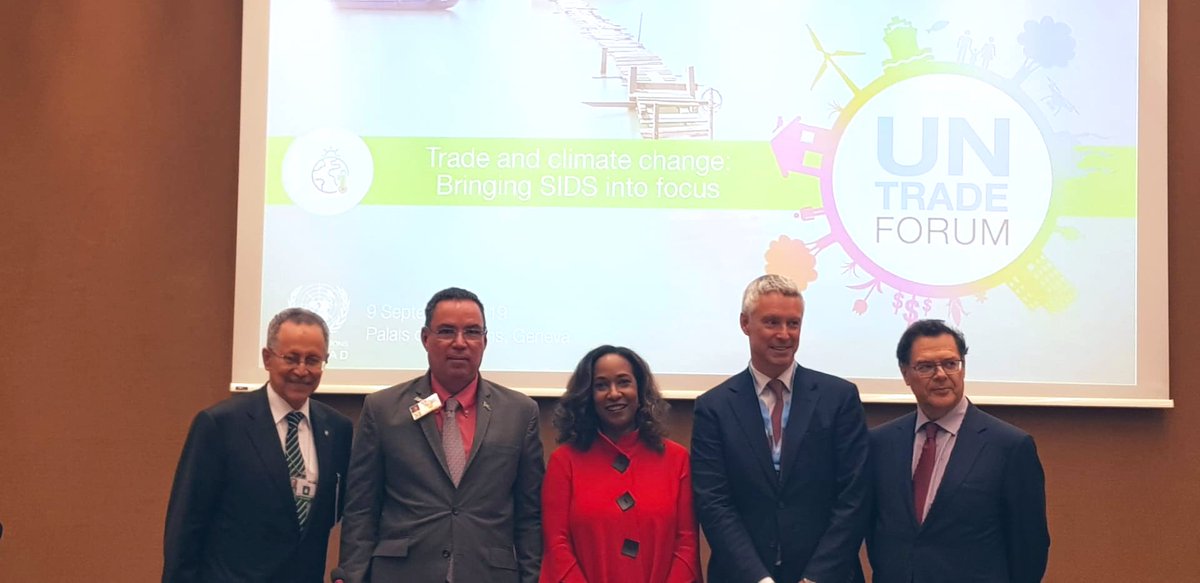Reflecting on Bringing Tibet Home by Tenzing Rigdol.
On my first ever solo trips to Majnu Ka Tilla, I happened to meet someone who told me I had to look up Rigdol's work (1/24)
The plot of the movie is filled with intrigue of smuggling something as seemingly innocuous as soil (6/24)
A review by the inimitable Jamyang Norbu la can be found here: jamyangnorbu.com/blog/2015/01/1… (24/24)
#Tibetinexile #fieldworkstories





